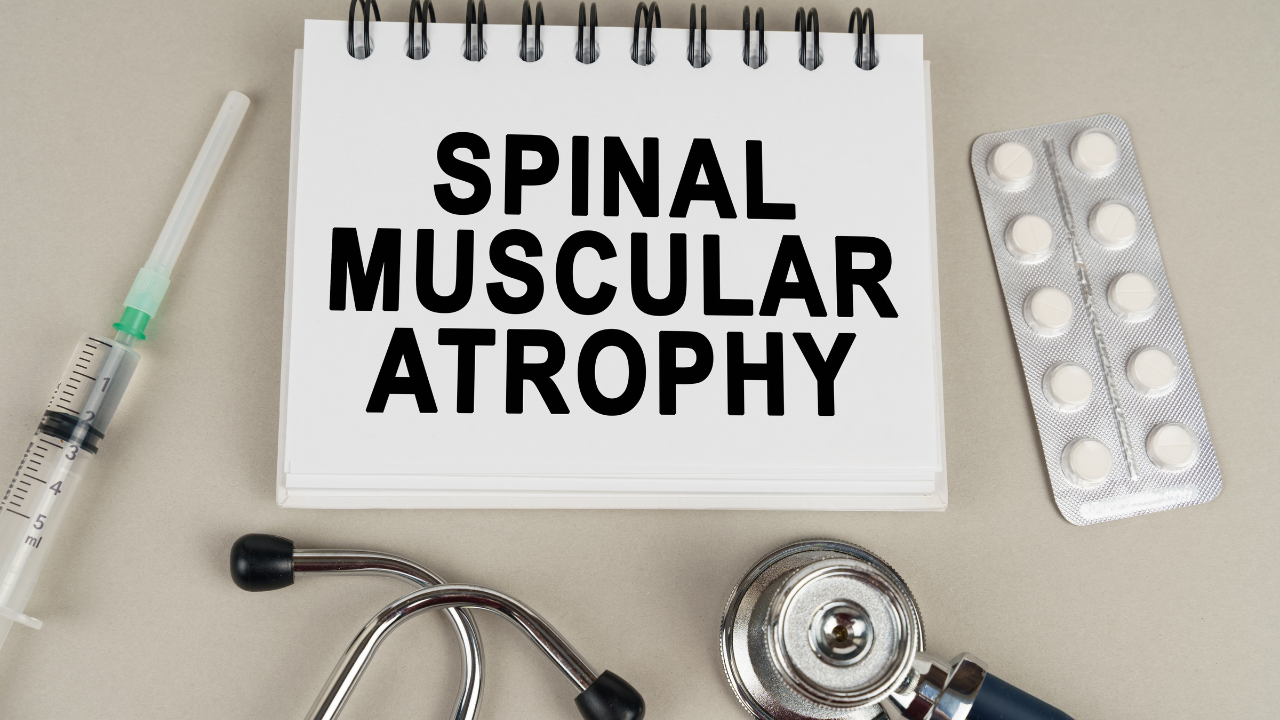- Sustainability
- DE&I
- Pandemic
- Finance
- Legal
- Technology
- Regulatory
- Global
- Pricing
- Strategy
- R&D/Clinical Trials
- Opinion
- Executive Roundtable
- Sales & Marketing
- Executive Profiles
- Leadership
- Market Access
- Patient Engagement
- Supply Chain
- Industry Trends
Biogen Releases Positive Data from Spinraza Study, Focusing on Infants and Toddlers with Spinal Muscular Atrophy
Results from Phase IV RESPOND study indicate a significant reduction in plasma neurofilament light chain (NfL) levels.

Biogen has revealed positive interim six-month biomarker data from the Phase IV RESPOND study, focusing on the treatment of infants and toddlers with spinal muscular atrophy (SMA) who still have unmet clinical needs after receiving the gene therapy Zolgensma (onasemnogene abeparvovec). The study, which evaluated safety and potential outcomes following treatment with Spinraza (nusinersen), found that plasma neurofilament light chain levels in most participants diminished significantly after being treated with the medication. Additional results announced at Cure SMA in June 2023 showed that most patients demonstrated improvements in motor function.1
“Biogen is at the forefront of pioneering research aimed at advancing biomarkers to accelerate development of drugs for people living with devastating neurodegenerative diseases like SMA and ALS,” said Priya Singhal, MD, MPH, head of development, interim chief medical officer, Biogen, in a press release. “Prior to receiving Spinraza at the start of RESPOND, we saw that participants had elevated neurofilament levels, as compared to healthy children suggesting ongoing neuronal injury. The RESPOND findings underscore the value of neurofilament as an objective marker for assessing remaining unmet needs in SMA patients who have previously received gene therapy.”
The data revealed at last year’s Cure SMA also revealed that after an average of 230.5 days, severe adverse events (AEs) were reported in approximately 34% of study participants. However, none were believed to be related to the treatment nor were there any additional safety concerns.2
“Cure SMA’s annual conference is a unique opportunity to connect with and learn from the health care providers, patients and caregivers in attendance and share research intended to address the unmet needs of the SMA community,” said Maha Radhakrishnan, MD, chief medical officer, Biogen, in an additional release. “We are pleased to present our new data, including early results from the RESPOND study evaluating the clinical benefit and safety of Spinraza treatment after gene therapy.”2
SMA is a group of inherited diseases that causes damage to and kills motor neurons in the brain and spinal cord. These motor neurons control movement in the arms, legs, face, chest, throat, and tongue, and affects skeletal muscle activity, including speaking, walking, swallowing, and breathing. The rare disease impacts one out of every 6,000 to 10,000 children. Life expectancy for patients with SMA is dependent on which of the four types of the disease they have. Patients with type 1 typically die before their second birthday, whereas those with type 2 or 3 can potentially live full lives based on the severity of symptoms. Type IV SMA manifests during adulthood, but those diagnosed are generally able to remain active and experience a normal life expectancy.3
According to the NfL data regarding Spinraza, participants with two SMN2 copies experienced a major reduction of NfL levels, with infants under 9 months of age achieving an average reduction of 70%, which increased to 78% over nine months. Among those with three SMN2 copies and elevated baseline NfL levels, everything reportedly remained stable.1
“Our evolving understanding of gene therapy indicates there may be an opportunity for better outcomes,” said Crystal Proud, MD, pediatric neurologist, Children’s Hospital of the King’s Daughters, in the release. “Improvements in motor function together with decreases in neurofilament levels seen after treatment with Spinraza in RESPOND show that we may be able to further maximize benefits for patients.”1
References
1. New Biomarker Data Add Further Evidence Supporting the Potential Benefit of SPINRAZA® (nusinersen) in Infants and Toddlers with Unmet Clinical Needs after Gene Therapy. Biogen. March 6, 2024. Accessed March 6, 2024. https://investors.biogen.com/news-releases/news-release-details/new-biomarker-data-add-further-evidence-supporting-potential
2. New Data at Cure SMA Highlight Potential Benefit of SPINRAZA® (nusinersen) in Infants and Toddlers with Unmet Clinical Needs After Gene Therapy. Biogen. June 30, 2023. Accessed March 6, 2024. https://investors.biogen.com/news-releases/news-release-details/new-data-cure-sma-highlight-potential-benefit-spinrazar
3. Cleveland Clinic. Spinal Muscular Atrophy. Webpage. Accessed March 6, 2024. https://my.clevelandclinic.org/health/diseases/14505-spinal-muscular-atrophy-sma
Cell and Gene Therapy Check-in 2024
January 18th 2024Fran Gregory, VP of Emerging Therapies, Cardinal Health discusses her career, how both CAR-T therapies and personalization have been gaining momentum and what kind of progress we expect to see from them, some of the biggest hurdles facing their section of the industry, the importance of patient advocacy and so much more.
